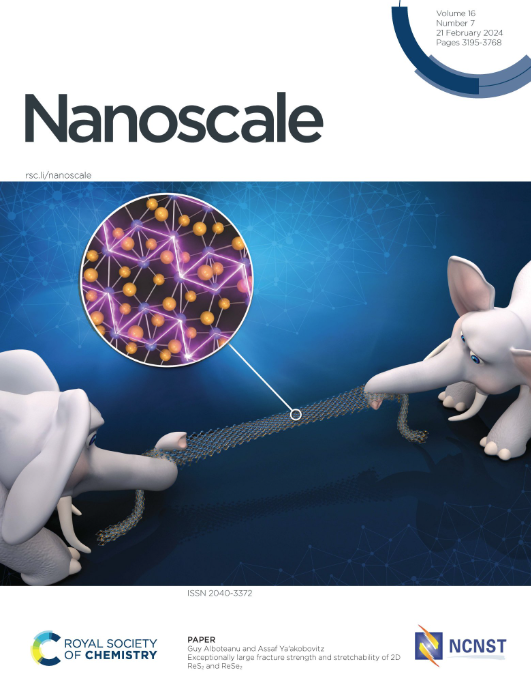Hydrophilic Ni3S2-MoN heterostructure on Ni foam (Ni3S2-MoN/NF) as an electrocatalyst for enhanced hydrogen evolution
IF 5.8
3区 材料科学
Q1 CHEMISTRY, MULTIDISCIPLINARY
引用次数: 0
Abstract
In this study, Ni3S2-MoN heterostructure was directly synthesized on Ni foam support (Ni3S2-MoN/NF) through a facile one-step annealing process, using MoCl5 and thiourea at 450 °C under an N2 gas flow. The synthesized Ni3S2-MoN/NF catalyst achieved exceptional hydrogen evolution reaction (HER) activity, with low overpotential values of 154.3 mV (η50) at 50 mAcm−2 and 186.3 mV (η100) at 100 mAcm−2 in 1.0 M KOH. The enhanced HER performance was attributed to the synergistic effect between the highly active Ni3S2-MoN heterostructure and the NF support, which offers a large surface area and excellent electrical conductivity. Density functional thoery (DFT) calculations reveal that MoN strongly adsorb H2O and OH, facilitating water dissociation. Additionally, MoN was found to induce structural modifications in Ni3S2, enhancing the hydrogen binding energy and thereby improving HER activity. Furthermore, the inherently hydrophobic Ni3S2 surface was transformed into a hydrophilic Ni3S2-MoN surface, further enhancing HER activity. In a 24 h stability test at 100 mAcm-2, the HER activity of Ni3S2-MoN/NF improved, due to the partial conversion of Ni3S2 into amorphous Ni(OH)2 species, resulting in a reduction of overpotential by 30 mV (η50 = 125.5 and η100 = 158.2 mV). This simple and economical synthesis method highlights the potential of Ni₃S₂-MoN/NF as a promising catalyst for HER with high activity and stability.求助全文
约1分钟内获得全文
求助全文
来源期刊

Nanoscale
CHEMISTRY, MULTIDISCIPLINARY-NANOSCIENCE & NANOTECHNOLOGY
CiteScore
12.10
自引率
3.00%
发文量
1628
审稿时长
1.6 months
期刊介绍:
Nanoscale is a high-impact international journal, publishing high-quality research across nanoscience and nanotechnology. Nanoscale publishes a full mix of research articles on experimental and theoretical work, including reviews, communications, and full papers.Highly interdisciplinary, this journal appeals to scientists, researchers and professionals interested in nanoscience and nanotechnology, quantum materials and quantum technology, including the areas of physics, chemistry, biology, medicine, materials, energy/environment, information technology, detection science, healthcare and drug discovery, and electronics.
 求助内容:
求助内容: 应助结果提醒方式:
应助结果提醒方式:


